
 By Eliza Popova
By Eliza Popova
The dress belonged to a woman from the region of the Gaza in the 1930s, as evidenced by the patches on the knees that repaired the fabric worn during field and homework. In addition, changes around the breast panel indicate the adaptations made to adapt it to breastfeeding. Embroidered patterns on the dress are probably derived from previous clothing or passed from generation to generation, reflecting the relationship between family and community.
In focus, technology appeared its Telegram channel. Subscribe not to miss the latest and most intrusive news from the world of science! The curator of the exhibition Rachel Dedman notes the modest nature of embroidery, which consists in the repeated attachment of the threads to the fabric. However, during a closer study, you can find a deep historical context and an idea of the lives of the people who created it.
Exploring the exhibition, visitors are faced with large exhibits, archival photographs and videos depicting textiles in action, giving a comprehensive story about the evolution of Palestinian embroidery from rural tradition to a powerful resistance tool. The second hall of the exhibition delves into the more outspoken political aspects of embroidery, presenting the dresses of the late 1980s, decorated with symbols of resistance, such as the Palestinian flag and colors forbidden at that time.
These clothes reflect the first intifade during which women embroidered their disobedience on their clothes. Dedman notes the durability of this artistic resistance and how he reflects the long struggle for the rights of the Palestinians. The exhibition also presents modern embroidered works. Through their embroidered works by the artist, such as Aya Haydar, they vividly reconstruct the stories of their families, preserving and humanizing intimate survival stories during the Lebanon's war.
These works speak of the universal ability of craft to convey deeply personal experiences and the sustainability of those who survived difficult times. The exhibition goes beyond the traditional embroidery association with women, including embroidered objects created by men.
The works of Karama Al-Malukh, who created a delicate collection of stationery and household items, decorated with Palestinian colors and embroidered by hand by his wife and his wife, in prison between 2005 and 2008, illustrate the versatility and depth of embroidery as a form of art. Dedman's curator adds that textiles, especially in the region, matters that goes beyond a simple craft.


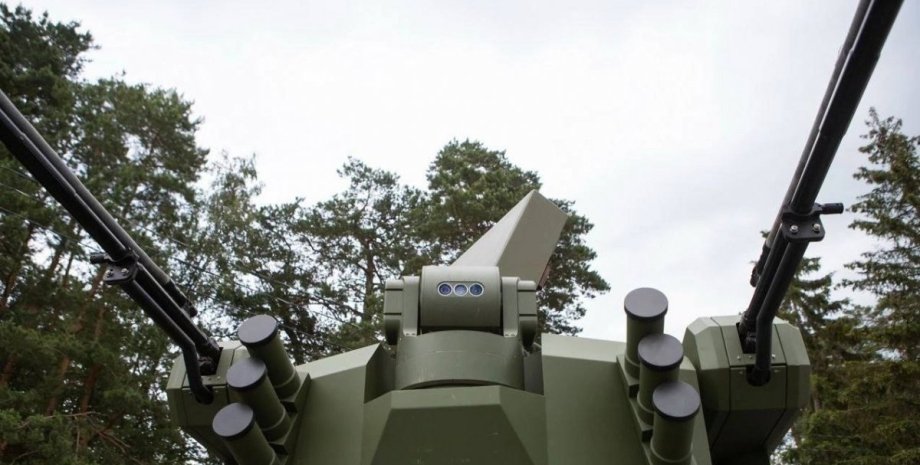
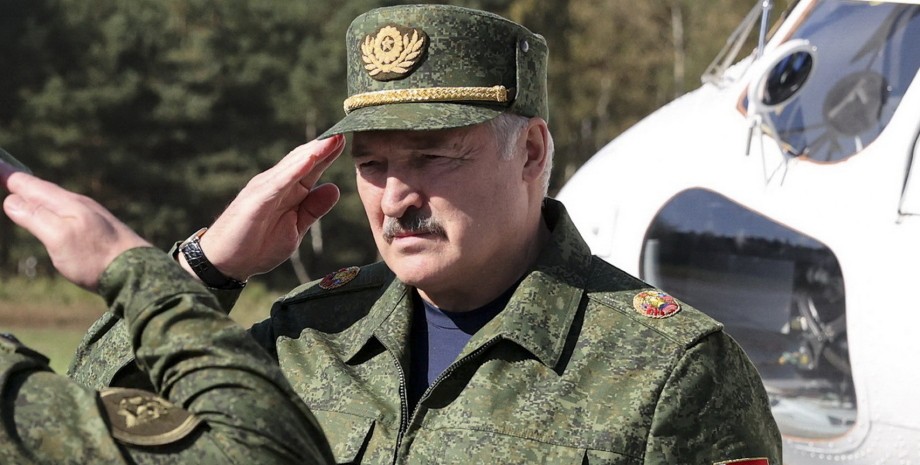
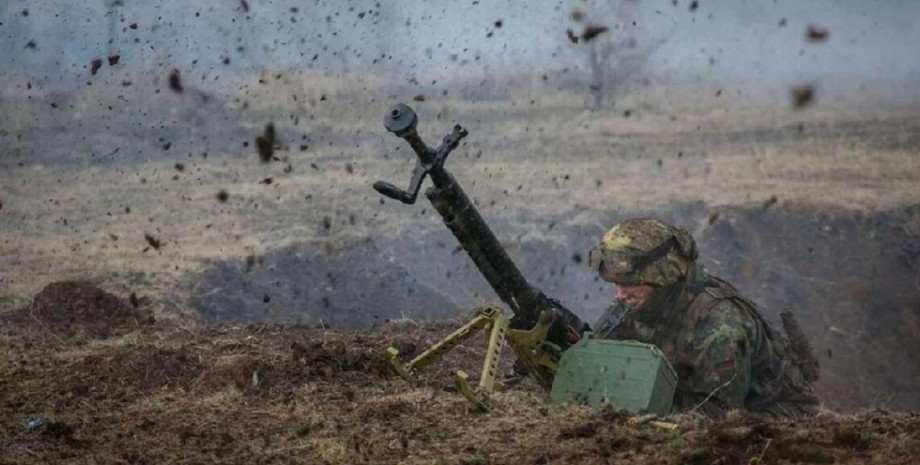

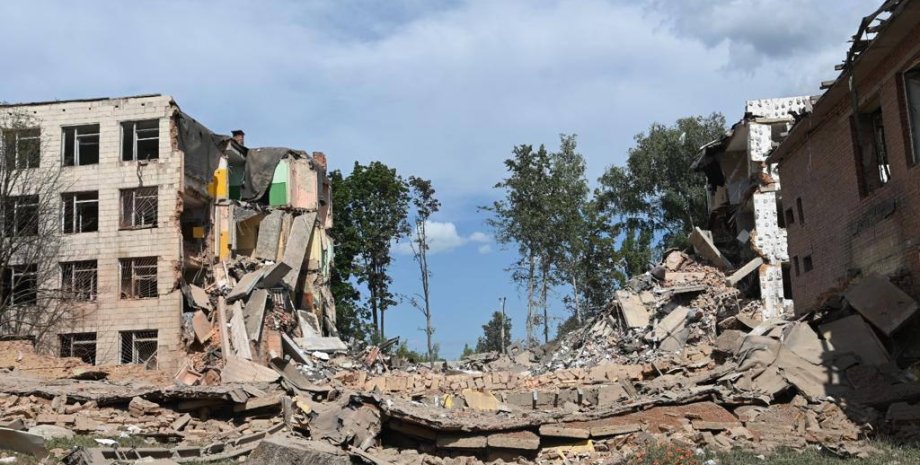
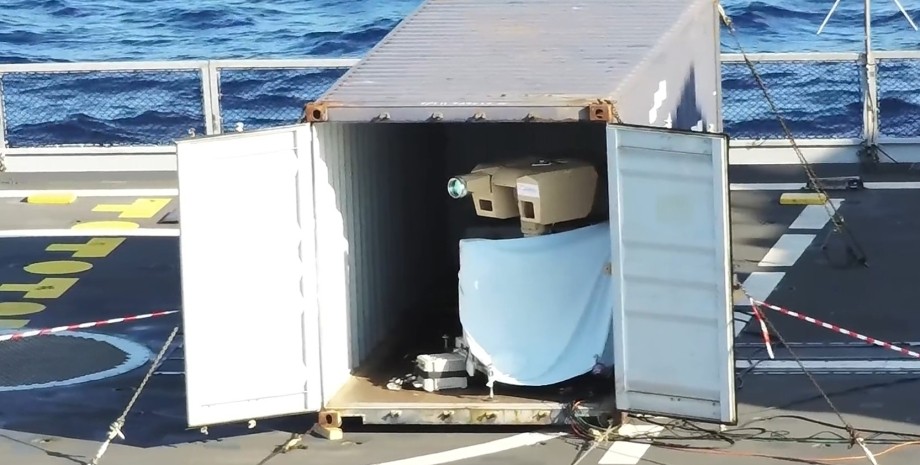
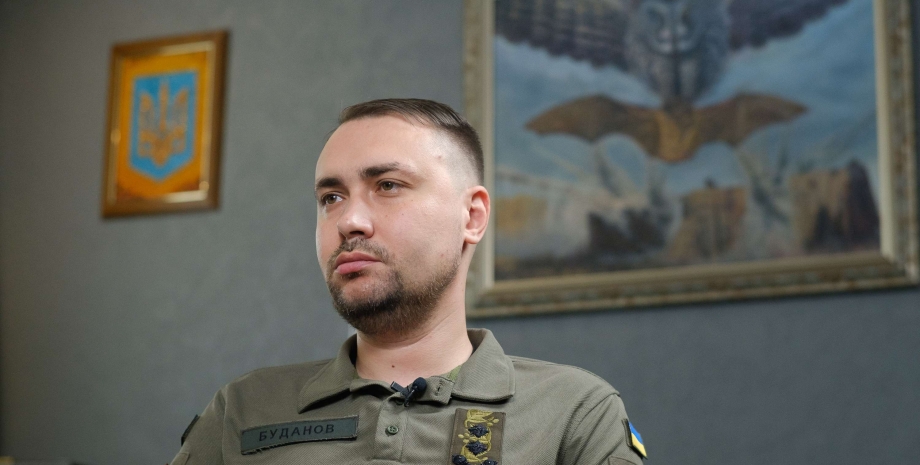
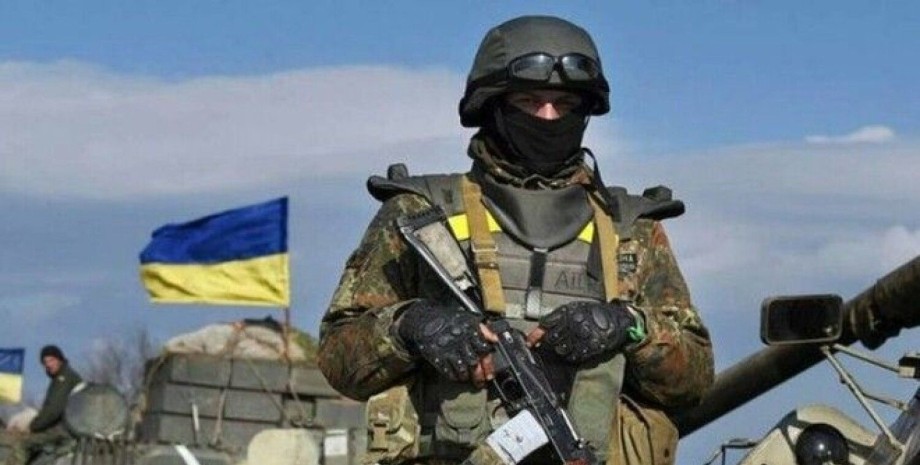
All rights reserved IN-Ukraine.info - 2022